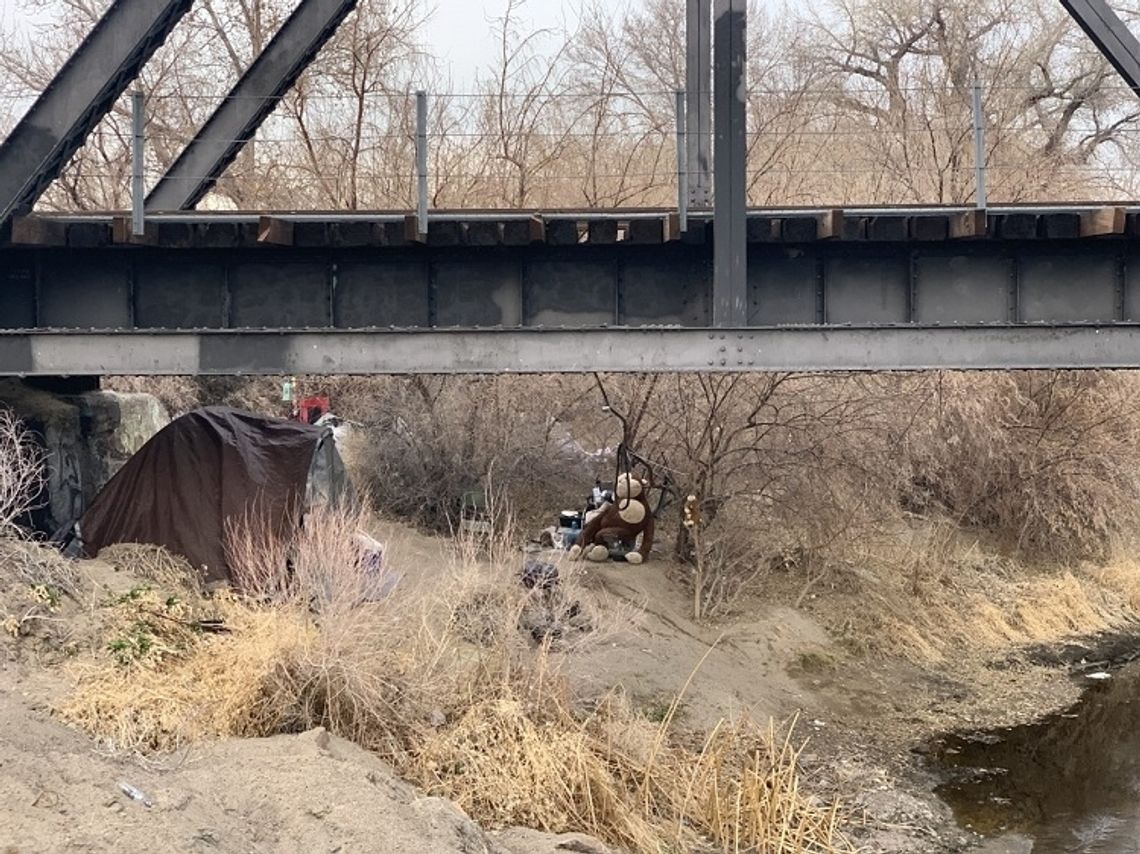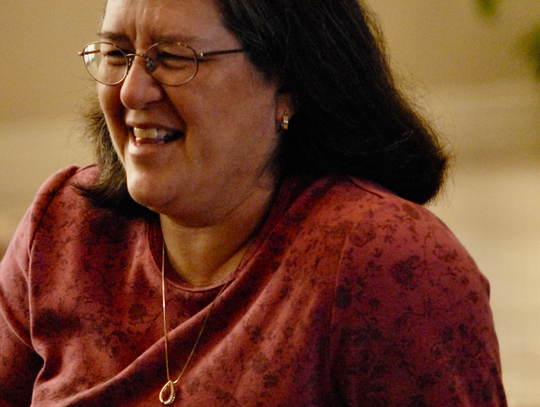What is Churchill County doing about its homeless population? This question has been asked on more than one occasion, and it seems to arise more frequently as the area’s homeless population continues to grow. As a result, the community is voicing concern, which appears to be two-fold; worry for the homeless person and worry about them. Or, more specifically, are they dangerous? A criminal? Are they impacting my neighborhood or property value?
Churchill County Sheriff Richard Hickox stated that the Homeless population has recently become more visible to some members of our community, and this increased awareness. “Certain subsets of the community have prompted calls for us to check on the individuals (welfare checks) which we gladly do,” said Hickox, “Other calls are for us to arrest or move them out of our county – which obviously we can’t do.” This, according to the Sheriff, can be frustrating for the calling party.
“This awareness has been brought about in part by the locations some of the homeless choose to set up camp at, such as placing themselves, their tent and other as- sorted belongings out in the open.” Hickox explained. Further awareness has been brought about by people discovering the assorted trash and rubbish piles in the vicinity of or left by some homeless individuals and camps. “These are a real problem and we are exploring ways to get them cleaned up and hold the violators responsible.
According to the Annual Homeless Assessment Report to Congress by the U.S. Department of Housing and Urban Development (HUD) in December, Nevada has the 8th highest homeless population in the nation. While most of the state’s homeless population reside in Clark and Washoe counties, more homeless families and individuals have migrated to rural areas, Churchill County included. However, due to Nevada’s unique geography, many of the homeless are “unseen,” with state officials estimating that the current counts reflect only about 75% of the total homeless population residing in Nevada.
Rural communities like Fallon often lack the funding and infrastructure to address homelessness and its underlying causes. Further, many strategies that work in urban areas are not effective in rural areas. These factors equate to considerable challenges both for those experiencing homelessness and for the state and local agencies concerned for the health, safety, and well-being of the homeless and the surrounding community. But that does not mean that local officials are not working toward solutions.
The most significant obstacle facing Fallon’s homeless residents is housing. In areas where housing costs and rent burdens have skyrocketed, the number of homeless increases in response. Churchill County is a prime example of what has developed into a perfect storm; major housing shortage, extremely out- priced housing when something is available, and a growing homeless population.
One of the community’s first lines of defense in battling against homelessness is Churchill County Social Services. Social Ser-vices provide, among other things, housing to the area’s homeless population. Funded through federal and state programs, homeless Churchill County residents can apply for assistance to obtain housing vouchers that will cover the cost of rent.
The process takes some time and has specific requirements but is not as complicated as many believe. Social Services works with clients and assists them throughout the process - and into a home. Applicants must complete an assessment to determine program eligibility, with the most vulnerable families/individuals receiving priority. Clients also must comply with program guidelines and meet income standards. “We have a lot of working homeless,” stated Jackee Stewart, Social Services office manager and resident housing expert, “and some of them might make too much money to qualify.”
Unlike in previous years, clients with drug-related convictions are not automatically disqualified from housing assistance. If substance abuse was a key contributor to a client’s homelessness, Stewart said those clients might be required to complete a drug or alcohol treatment program, which they will help accommodate.
One caveat remains, however. There is no available housing inventory. Further, rent voucher amounts depend on family size and are based on HUD’s payment standards. “They don’t come anywhere near what is needed to rent here,” said Stewart. “First, you have to find someone who will accept a housing program voucher, which is difficult. Most often, the rent is simply too high. We have vouchers for our homeless population, but there is no place for them to go.” Stewart noted one family that has been in a tent for a couple of years but cannot find a place to rent - even with a rent voucher. “They are still without a home,” she explained.
Social Services has no emergency housing and only one five-bed residence used for stabilization while the family finds long-term housing. But if that family cannot find a place, the next family cannot move into the home, and the process becomes log jammed. Social Services also connects homeless individuals and families with local resources like food banks, free community meals, and welfare services.
Churchill County School District also keeps an eye on homeless students throughout the year. Students living in motels, temporary lodging, “couch surfing”, and doubled-up with family or friends are considered homeless along with those who are “unsheltered,” which include those living in cars, on the street, or in encampments. According to Carol Johnson, CCSD Homeless Liaison, 123 Features students have been classified as homeless during the current school year.
“When a student is identified as home- less, we work to make sure that students and their family have access to all the available community resources like community meals, food, welfare, and housing assistance with Social Services,” said Johnson. CCSD also helps students obtain documents they may need like birth certificates and immunization records, transportation, school supplies, and academic support. The biggest problem for families of homeless students is the current lack of housing, both in availability and affordability.
While the conversation of Churchill County’s homeless goes much deeper, the most pressing problem is housing. The Fallon Post will continue to explore these issues and share our findings. If you are experiencing homelessness or know others in need of resources, Churchill County has a host of resources available at http://falloncommunityresources.com.









Comment
Comments